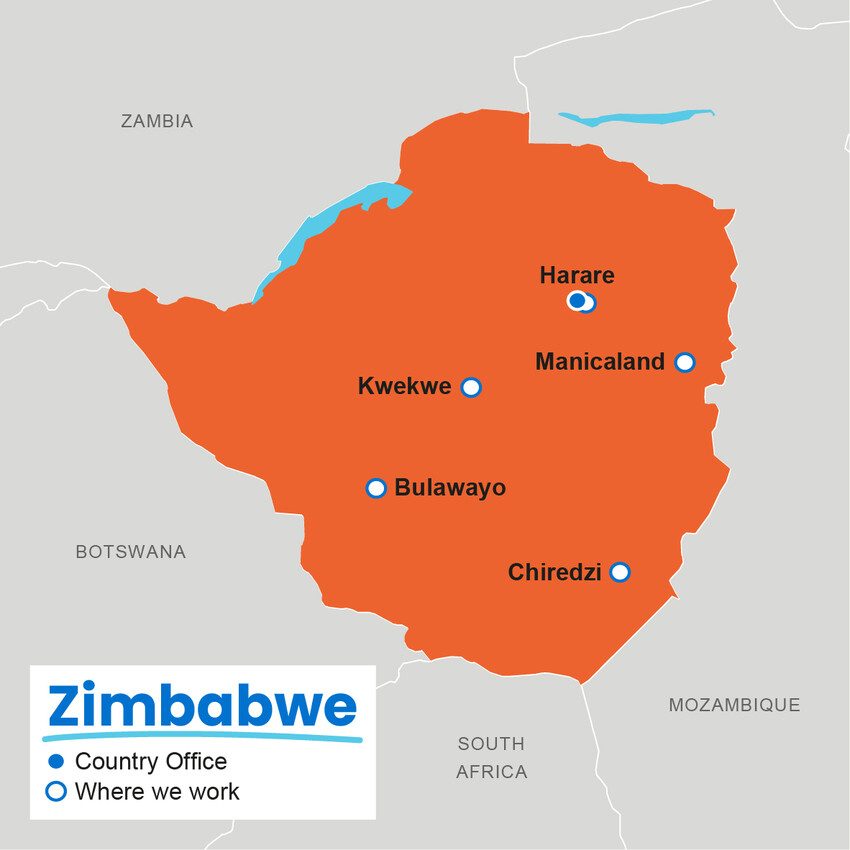Caroline's journey: turning a hairdressing passion into a livelihood
Caroline, a single mother of 2, has turned her passion for hairdressing into a successful business and now runs a thriving hair salon.
Plan International Zimbabwe has been operating since 1986 to advance children’s rights and equality for girls.
We work together with children, young people, supporters and partners to tackle the root causes of the challenges and inequalities that children and young girls face.
Our community-driven work supports vulnerable children, especially girls, to confidently assert their rights and influence policy-making at national, regional and international levels.
Through strategic partnerships with like-minded organisations and the government, we reach the most marginalised children, especially girls.
We operate in the districts of Bulawayo, Chipinge, Chiredzi, Harare, Kwekwe, Mutare, Mutoko, Mwenezi and Tsholotsho.
We won’t stop until we are all equal.
Our key areas of work include:
15 Lezard Avenue,
Milton Park,
Harare,
Zimbabwe Private Bag HG 7232
Zimbabwe.CO@plan-international.org
Follow us:
